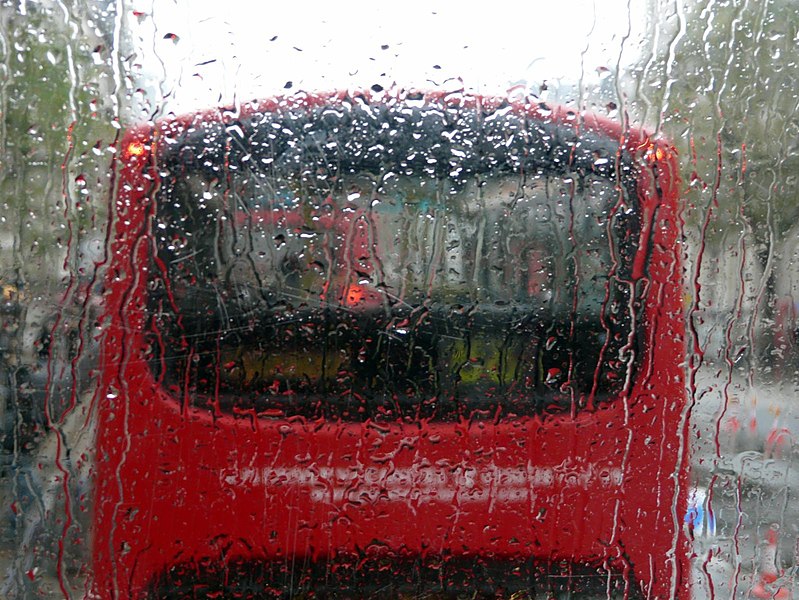
After experiencing a particularly dry summer, reservoirs across England are beginning to fill up again thanks to the wettest March in over 40 years. According to data up to March 30, England
experienced 111.3mm of rainfall in March, which is 91% more than the average. Reservoirs like Ardingly in West Sussex had less water stored due to the drier than usual February. However, the situation improved significantly last month as the region experienced its wettest month since 2001. There was 132.7mm of rainfall in West Sussex in March, which is 240% of the average. Pictures taken at the end of March show the stark difference in water levels at Ardingly Reservoir compared to those taken in September 2022 following the dry summer.
Ardingly Reservoir is now 100% full, according to the latest figures from South East Water. Steve Andrews, head of service management at South East Water, has stated that their water resources are in a healthy position at present and a little above where they would expect them to be. Andrews further stated that the summer drought conditions have been replaced by a period of exceptionally high rainfall that has replenished the groundwater sources and reservoirs in readiness for summer 2023.
The head of service management also noted that it's important to remain vigilant and keep a close watch on conditions as we move into spring. As the temperatures rise and days get longer, demand for water is expected to increase, and customers will be urged to use water wisely.
The Met Office meteorologist, Alex Burkill, pointed out that it takes several months of wet weather to make a significant impact on reservoirs. Burkill also said that while water levels weren't particularly high going into March, the fifth wettest month on record saw West Sussex receive ample rainfall.
The water levels at both Ardingly and Hanningfield reservoir in Essex had dropped by over a fifth in August 2022, which was the largest fall recorded by any reservoir. The current situation provides some relief for those worried about the water levels in the reservoirs. The difference between the water levels in September 2022 and the end of March 2023 is a clear indication of how the wettest month in over 40 years has benefitted the reservoirs.
It's essential to note that the UK faced water scarcity issues in recent years, especially in the summer months. This issue caused hosepipe bans to be introduced in several regions across the country. In light of the recent increase in water levels, there are expectations that the situation may improve significantly in summer 2023. Photo by Tim Hyde, Wikimedia commons.



































